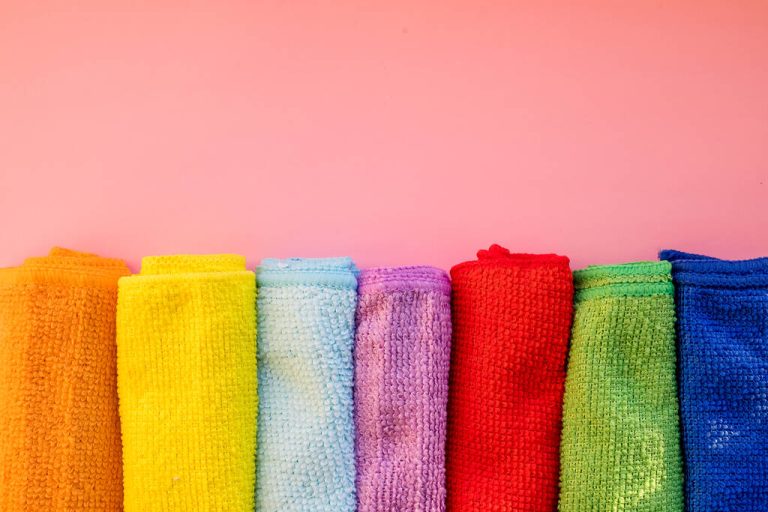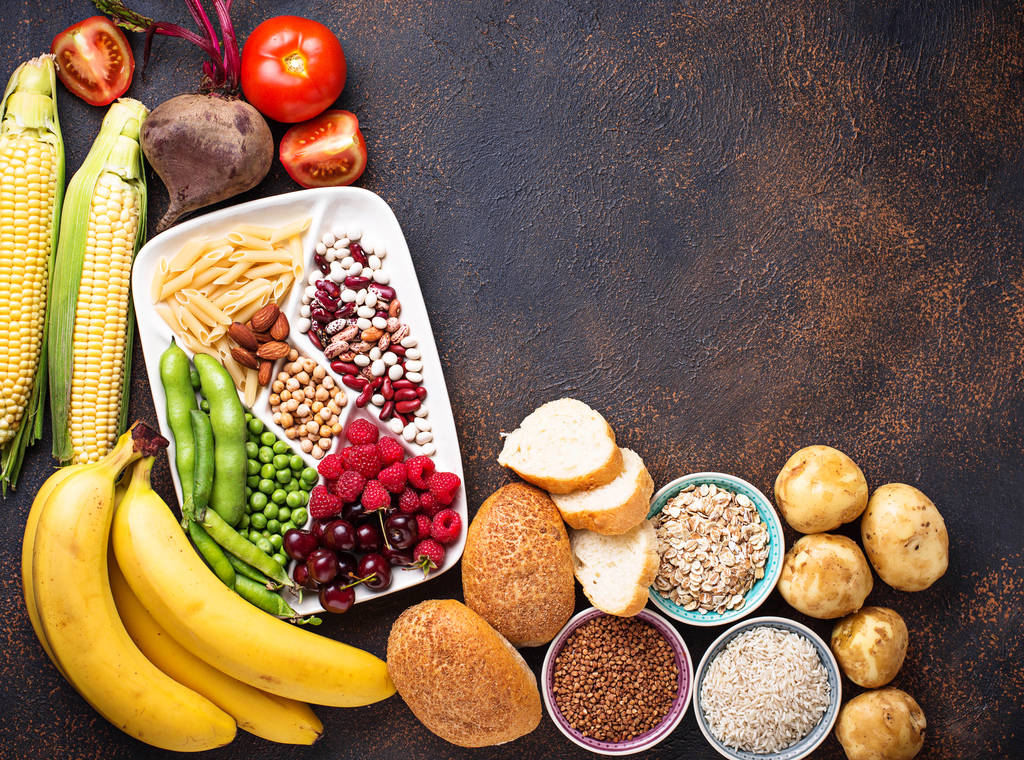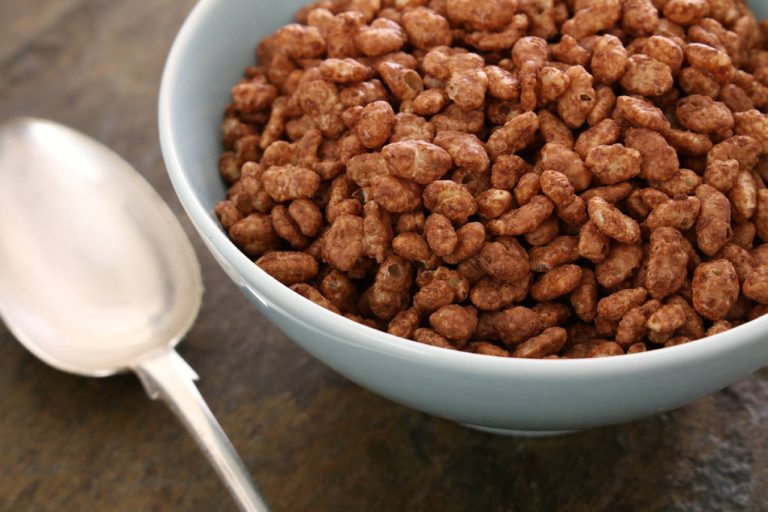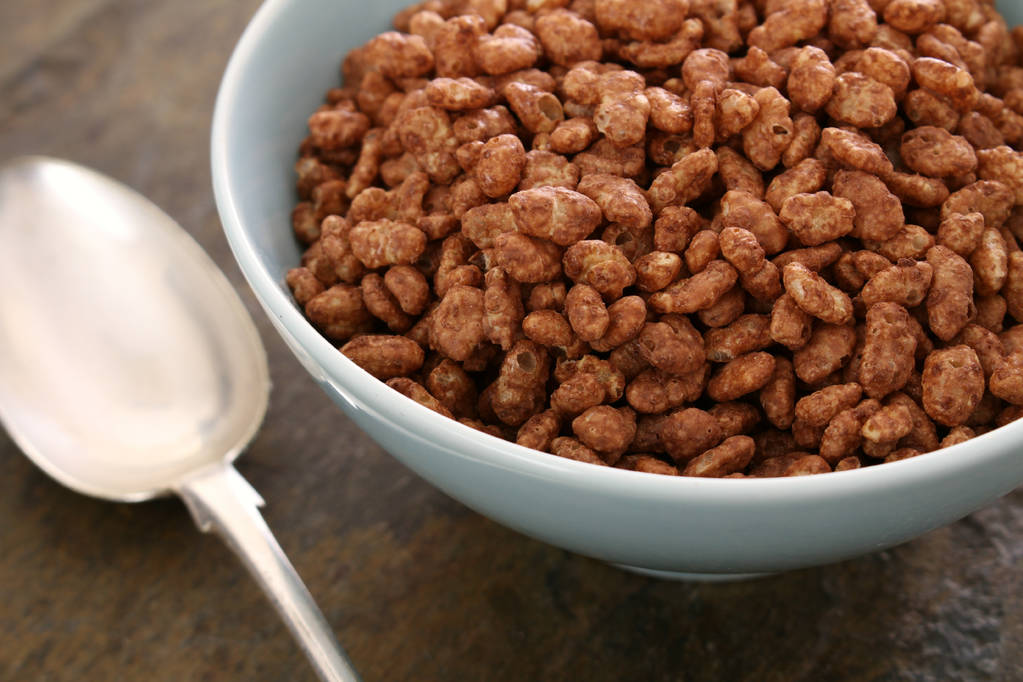You can learn to flirt! Whether at work, via WhatsApp, or in the dating app – with these tips you will become a flirt professional and always have the right topic of conversation at hand if your counterpart expresses interest.
Harmless flirtation, serious interest, or compliments in an existing relationship: good communication is always the key to success. It depends on various factors: What do women really want to hear? How serious is the message? What role do facial expressions, gestures, tone of voice, and body language play? Men who want to be well received by women have been dealing with these questions since time immemorial.
Most want neither macho nor softie, just honest men who have a real interest in a woman that goes beyond the known mechanisms. Whether you want to compliment your colleague, surprise the lady at the supermarket checkout with a friendly attitude, or win the woman over for life is not that important. What matters is that you are authentic. Trust your intuition and imagine how you would like to be addressed. Loving and open or clumsy and primitive? The answer is obvious! In the following text, you will find interesting details, about what women would like to hear – with a little luck and the right chemistry you will hit the bull’s eye!

1) Let your eyes do the talking
You don’t have to say anything in the first few seconds. Smile because a smile is the shortest distance between two people. And then you say whatever pops into your head, as long as it’s not silly pick-up lines. Refer to something that particularly catches your eye. This can be a confident “You look great today!” or a detailed comment, for example about the hair, a piece of clothing, or the woman’s charisma. It is important that you mean what you say. Most women have an extremely fine sense of hearing and also perceive the undertones.
2) Show interest in the woman
This means that you should ask questions – whether you’re flirting face to face or via a dating app or online dating. Find out how the other person is doing, and how the day went. Ask out of genuine interest and not just “because it’s supposed to be like that”. Listen. Compliments about looks are good, but starting a conversation is better. You can achieve this if you listen carefully, don’t immediately interrupt the woman, and start reporting your own experiences or thoughts. Put your conversation partner in the center! Questions are allowed, as is feedback. But sometimes, simple, understanding listening is best. Especially if you already know the other person well: Refrain from giving advice unless you are asked for advice!
3) Let your heart speak
Call it what you want: flirt, togetherness, friendship, bed relationship, marriage, partnership, one-night stand – every relationship between two people is based on unique moments. Say exactly what you feel! Depending on the situation, sentences such as “You are so beautiful today”, “Your smile enchants my day” or “I want to see you again every day”. do you feel something Now your heart comes into play? Don’t worry, you can always show your heart. You can literally “wear your heart on your sleeve”, even if it’s not about a permanent relationship! Trust your gut feeling and be open and honest (but please be tactful anyway – relentless openness to some questions is a real relationship killer)!
4) Unrequited praise and recognition

The home-baked cake was fantastically delicious, the chili con carne ravishingly hot, and the wallpapered wall neatly worked right down to the corners? Then tell her that! Verbal recognition, preferably with sparkling eyes and a warm hug, is the best reward there is. But don’t praise with the expectation that the woman will lie at your feet and do any work for you in the future. And also show appreciation for things that aren’t perfect. To be honest, always being perfect is boring in the long run. It’s the little mistakes and quirks that make our counterparts so endearing!
5) Pay full attention
Whenever you interact with women, avoid distractions. A glance at the mobile phone can destroy the best mood in a second. In these moments, be fully attentive! When your best buddy calls, put him on voicemail. Shut down everything that doesn’t belong in the situation. In this context: Again, the language of your eyes is crucial. Presence and attention at the moment are important criteria for a woman’s interest!





























